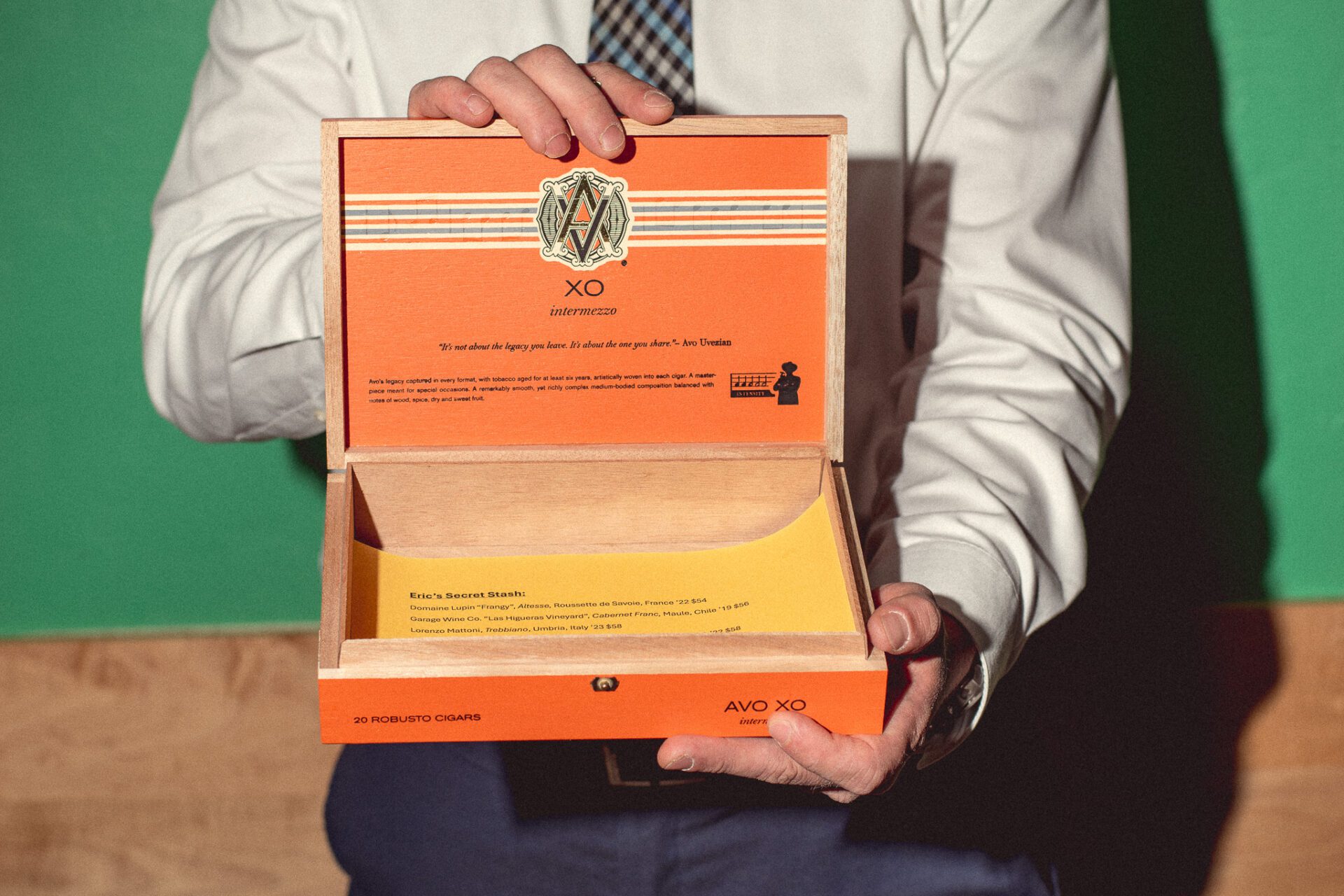
This is one of a series of articles highlighting this year’s Agave Heritage Festival taking place on April 27-30. Other articles include features about Diana Pinzon of Zinacantán Mezcal, Carlos Camarena of Tequila Ocho, the roots of Origen Raiz Mezcal, and all you need to know about the Agave Heritage Festival.
If you were ever stranded on a desert island, you might be able to survive if you found some spiky pom-poms of sotol growing in your midst. Sotol, also known as “Desert Spoon,” this kissing cousin to agave is a centuries-old desert-dwelling species. Well known for providing fibers for household items, building materials for structures, moisture in dry times, and food for humans and animals, this humble, multi-faceted member of the asparagus family is the namesake plant for the distilled spirit, sotol.
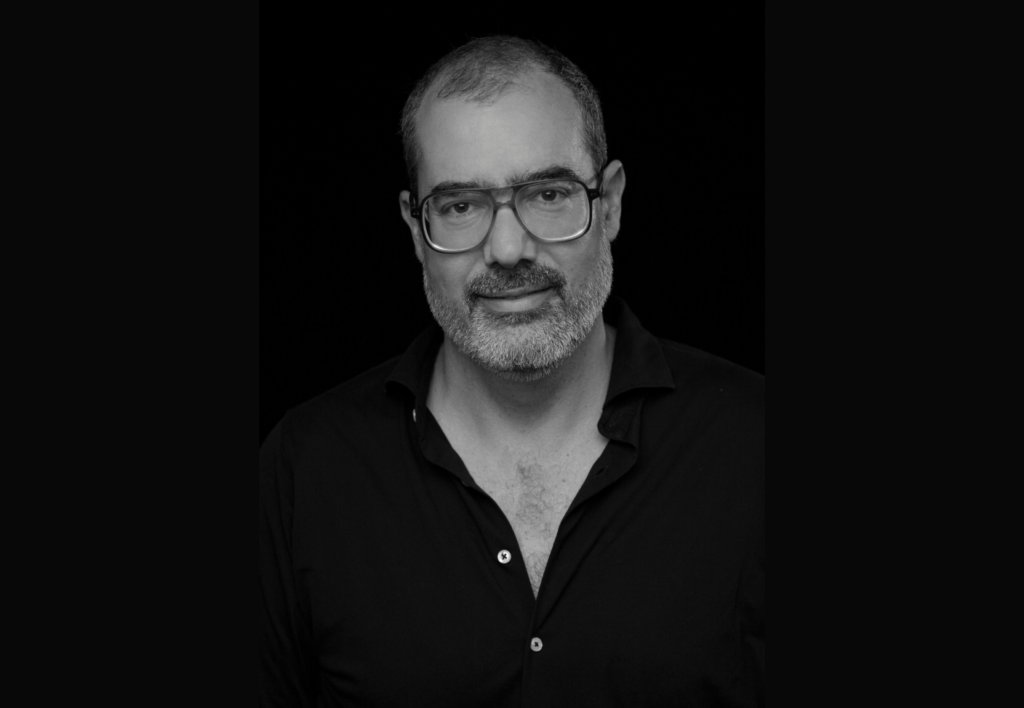
According to Dr. Ivan Saldaña, a Ph.D. Biologist who specializes in agave species and co-owns Nocheluna Sotol, sotol may be one of the keys to combating climate change and supply scarcities in parts of Mexico and the American Southwest.
Dr. Saldaña explained that “there is something really magical in agave and sotol. Not only for the products that can be obtained out of them, not only in their extraordinary biology, but they are also organisms that have evolved in the most fantastic way in order to cope with the difficulties their terrains offer. They truly embody one of the most probable fuel solutions in order to produce sugars on this planet, as the planet is getting drier and drier.”
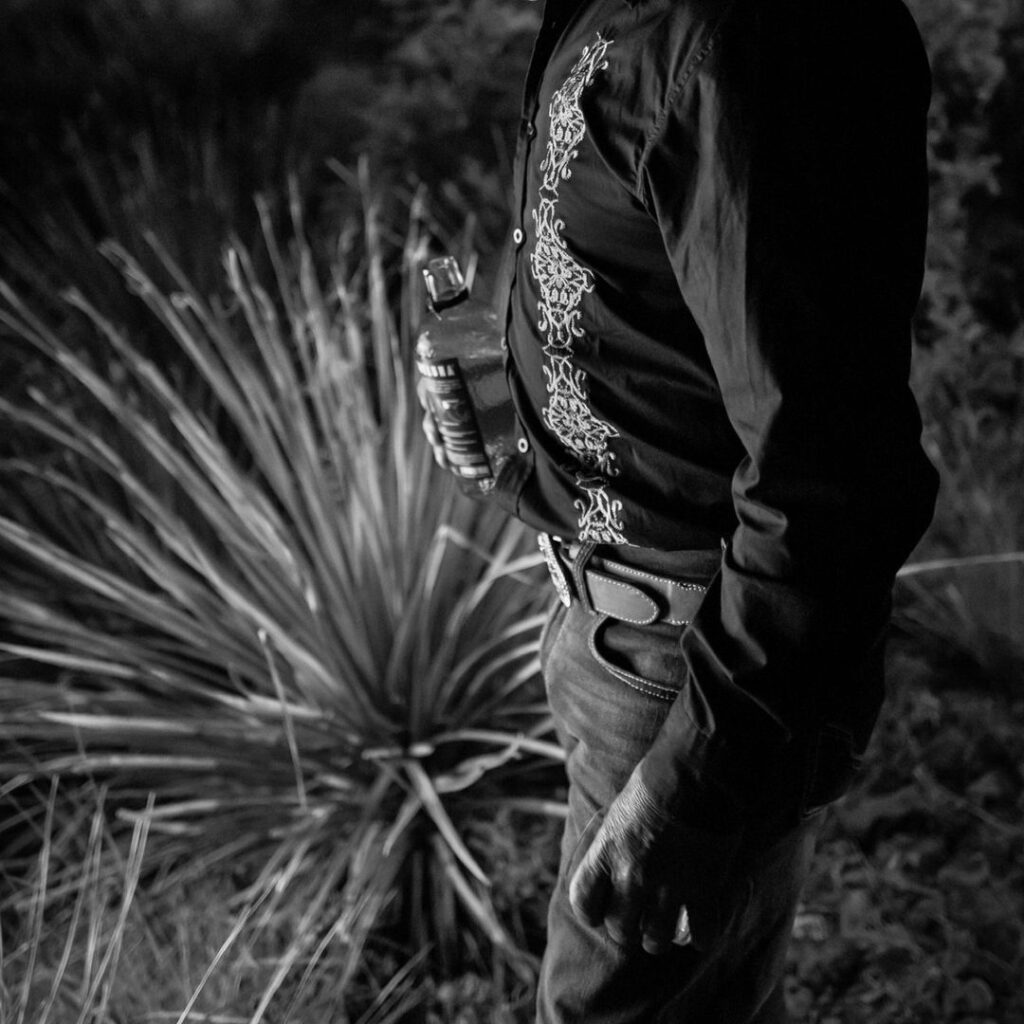
All types of sotol are documented to tolerate extreme growing conditions being both heat and cold resistant as well as requiring low water use. Dr. Saldaña also emphasizes that sotols are the most water-efficient plants on Earth.
Promising to capture the spotlight at the upcoming Agave Heritage Festival is a sotol plant type named scientifically as Dasylirion leiophyllum. Commonly known as “Desert Candle” due to the tall, slim stalk that grows from its middle and adorned at the tip with absinthe-colored, lily-like flowers, this subspecies is specific to the distilled spirits production of sotol. It is abundantly found in the state of Chihuahua, Mexico where Nocheluna’s vinata, or production facility, is located.
One way to illuminate palates to the unique profile of sotol will be through the guided tasting held at Maynard’s Market and Kitchen and led by Nocheluna Sotol. Guided tastings are a terrific way for novices and experts alike to gain more knowledge about this niche spirit. Dr. Saldaña, who is also a master distiller explains that we should not expect sotol to taste like mezcal or tequila.
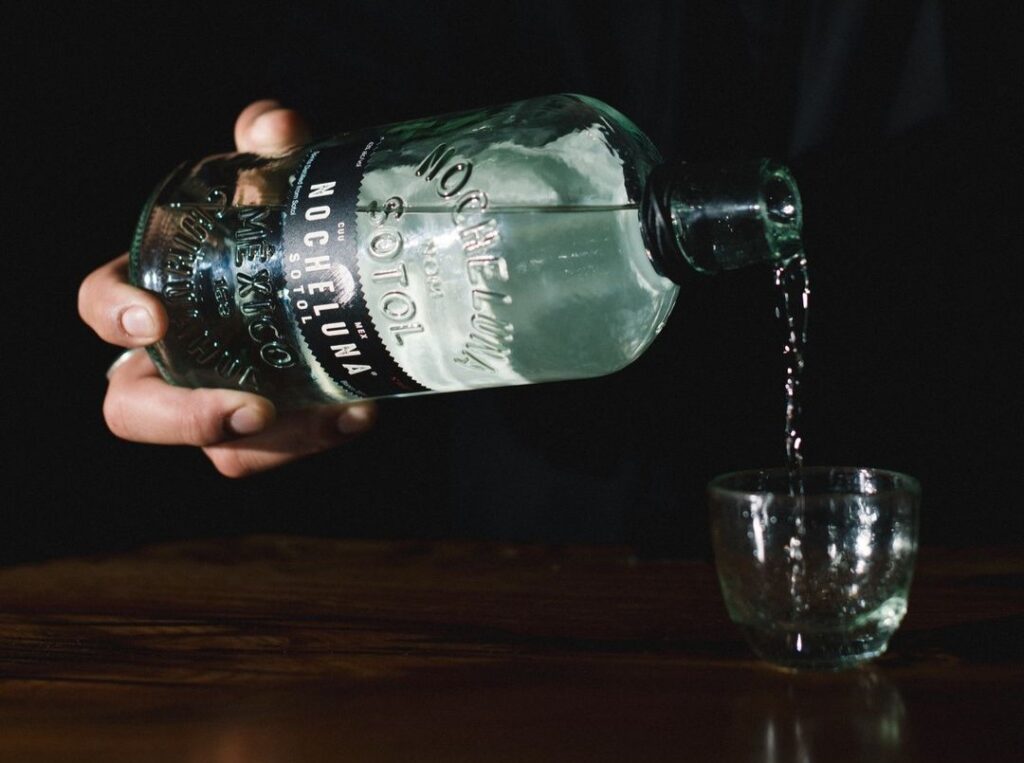
“In terms of flavors there are substantial differences,” said Saldaña. “Sotol has a lot of waxes and fat, bringing flavors that are more floral and fruity than agave. Also, the level of herbaceousness — the essential oils — that are present in sotol makes it a much more “gin-y” spirit than agave. Sotol is definitely more herbaceous and greener than most Mezcals.”
For the team at Nocheluna, events like the Agave Heritage Festival serve an important role in helping the sotol industry overcome daunting challenges faced in finding avenues to share their message. Sotol has some tough acts to follow as an emerging spirit. The sibling rivalry between mezcal and tequila means that sotol is constantly vying for attention.
“We are in the early phase in which we are very interested to understand the reaction and the perception that consumers and enthusiasts may have about our brand and about our product,” said Saldaña. “We feel that the Agave Heritage Festival is a great opportunity to learn more about this. Of course, exchanging with people who feel passionate about agave and sotol is always enriching as we are able to share our passions and build community.”
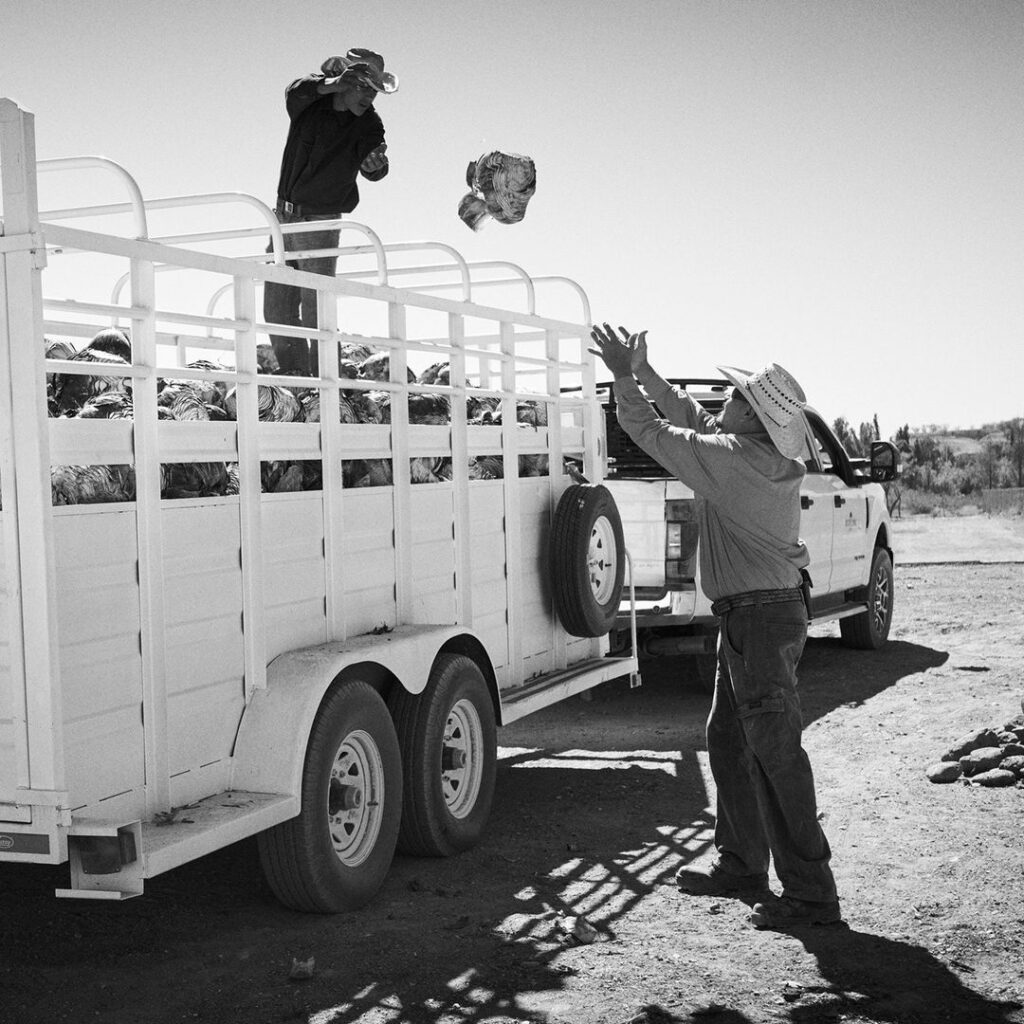
Dr. Saldaña emphasizes that sustainable methods of growing sotol will be important to maintain and grow the community of Sotoleroes and those who appreciate their craft.
Ricardo Pico, a renowned sotol expert and educator along with Maestro Vinatero Don Lalo, who is the leading tastemaker at Nocheluna, are working with Dr. Saldaña as co-owners and industry leaders to understand how growing sotol can be sustainable and regenerative. This research and understanding are especially important if the scale of the industry starts growing.
“Nocheluna is investing heavily in sustainable agriculture for the future of sotol,” Saldaña added. “We know that if this category starts to become popular (right now it’s nonexistent), we will have to build strong bases for this category to exist.”
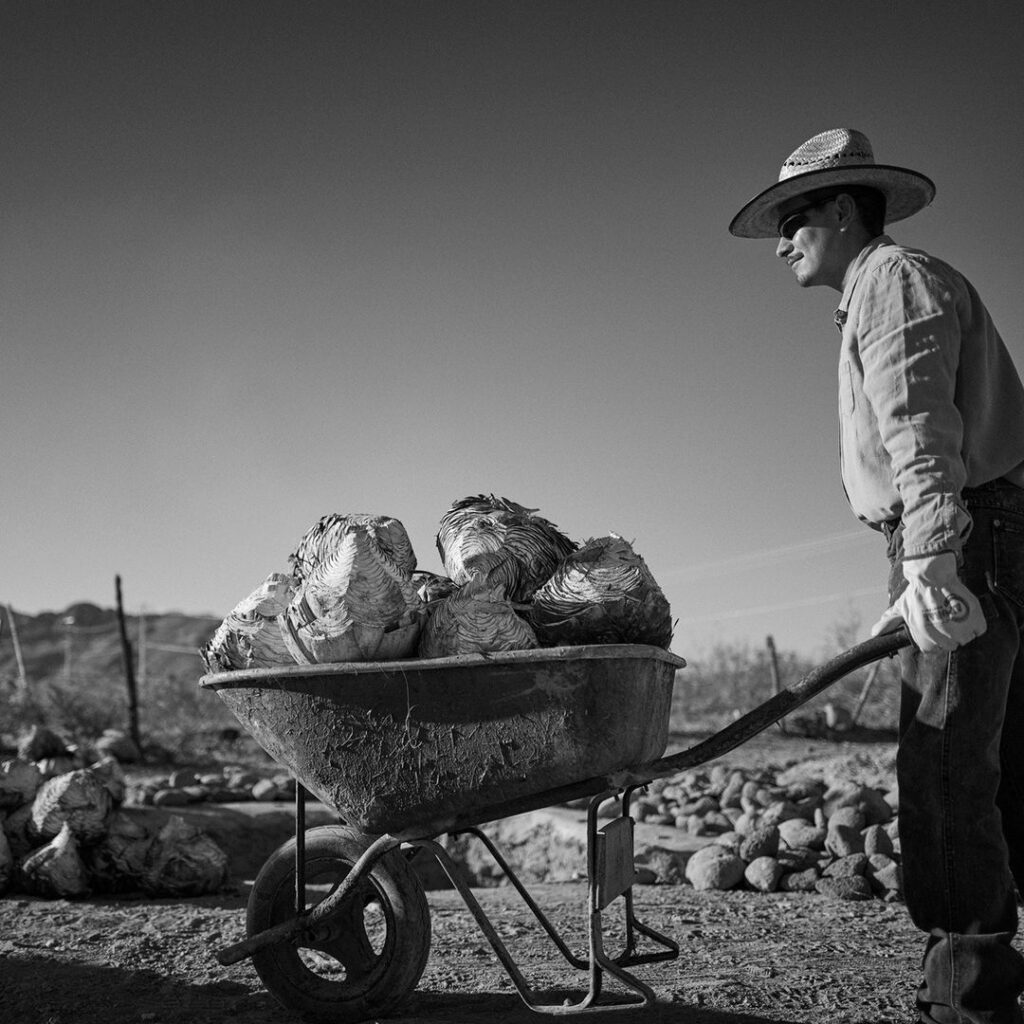
Additionally, Nocheluna is investing time and resources in partnership with the University of Chihuahua to understand the foundational needs of growing sotol. The group has a vision for stewarding hundreds of hectares of sotol with proper germination of sotol seeds and researching planting practices including interplanting young sotol plants (pups) in the existing ecosystem.
Their vision also includes greenhouse farming of sotol pups that can both survive when transferred to the desert and be mature for harvesting within seven to nine years. The average wild sotol takes about 15 years to come to maturity. Part of Nocheluna’s vision is to cultivate enough greenhouse-grown sotol so the pressure can be taken off of the wild sotol population.
Much like a sotol plant, Nocheluna’s operation has numerous leaves radiating from a shared middle that incorporates building community, local economies, sustainable sotol farming, and brand recognition nationally and internationally. This includes a team of experts both university and autodidactically trained, entrepreneurs, and investors who come from both within and outside of the Chihuahuan community.
Among the historied and ancestral industry of sotol, there exists some skepticism about whether Nocheluna’s vision is the right model to follow for the future.
Just as Dr. Saldaña suggests, the Agave Heritage Festival’s strong emphasis on education, discussion, and personal experiences may be the perfect place for consumers and industry professionals to untangle these ideas by sharing their opinions, passions, and hopes for the future of agave and sotol.
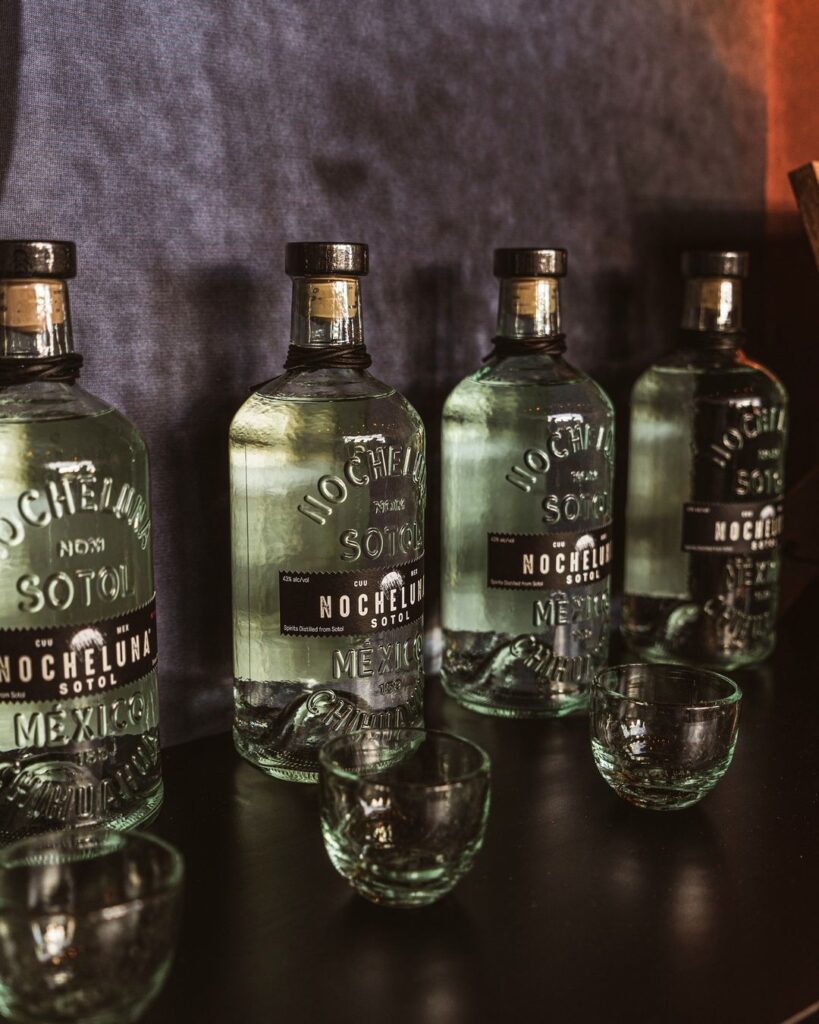
For more information about the 2023 Agave Heritage Festival, read our article “Education with a Kick: The 15th Agave Heritage Festival goes big.” For more information about Nocheluna, visit nocheluna.com.
Love Tucson food? So do we. That’s why our stories are free to read — and focused on the chefs, farmers, and restaurants that make Tucson so delicious.
👉 Get exclusive perks & support local with the Foodie Insiders Club and learn how to eat local year-round.